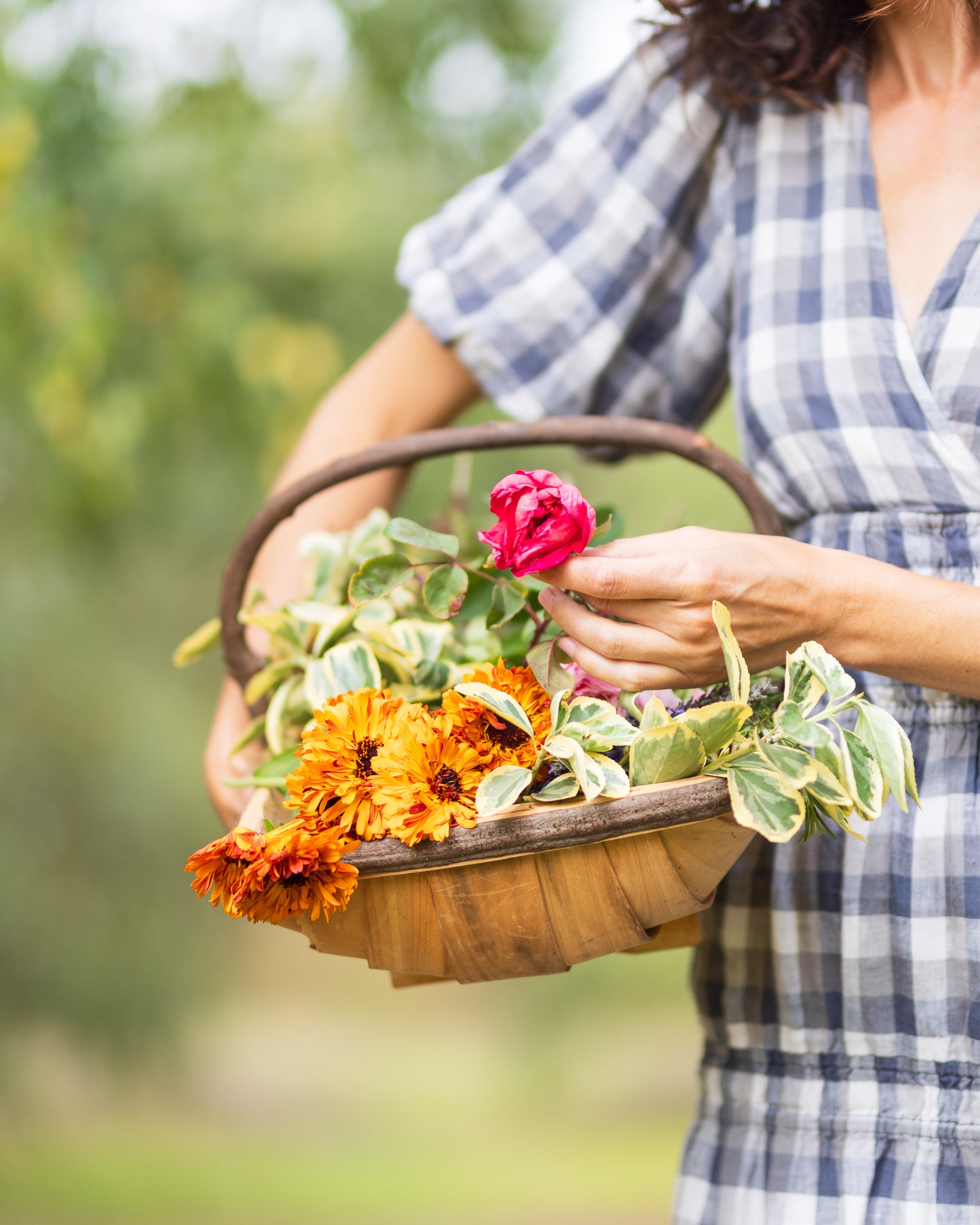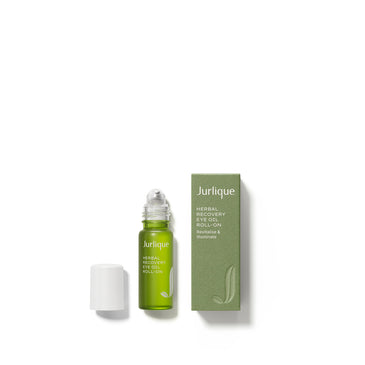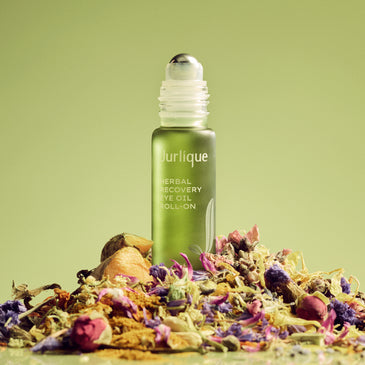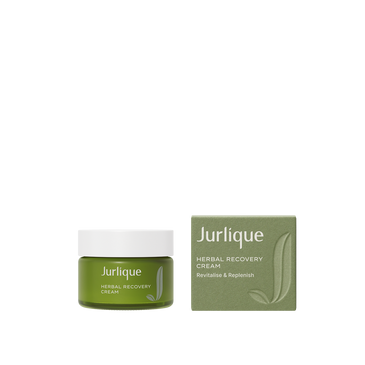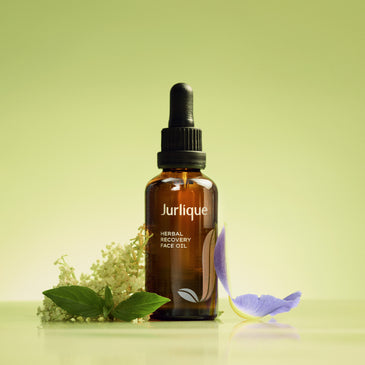If you’ve ever had one night or more of poor sleep, then you can truly appreciate the quality of a good night’s rest. Good sleep can be hard to come but there are a few tricks here and there that may help achieve a restful night and improve overall health and wellbeing as a result.
There are two major phases in sleep – REM and non-REM sleep. REM, is the “dreaming sleep” and the early stage of rest whilst non-REM is our “quiet”, deep sleep. When we have a good night of uninterrupted rest, and consequently more non-REM cycles, we wake feeling energised, alert and can function at our best.
Different factors may affect an individual’s ability to move into peaceful non-REM sleep. Stress, exercise, stimulants, alcohol and the food we eat all play a part. Within our diet alone, it’s important to consider these key factors…
Understanding how we consume… A range of elements play into this so let’s start with the first step. Breakfast. It’s an easy meal to miss and many actually do, or simply don’t feel like breakfast when they wake up. However, the effect of not having breakfast often leads us into eating more in the later stages of the day and reaching for stimulating food and drinks (coffee, energy and soft drinks, sugar). So it plays into an unhealthy cycle… Late breakfasts, necessary caffeine pick-me-ups, later lunches, even later dinners and ultimately later to bed. With this delay comes limited time for our body to digest food appropriately at the right times of day and to produce hormones for digestion when we are sleeping. If you’re a night owl and not hungry in the morning the chances are it’s because your body isn’t being given the opportunity to reproduce vital hormones to keep you charged during the day; digestive hormones being number one.
The ideal situation as a regular sleeper or a transitioning night owl is to put your body into a flow of regular eating and sleeping patterns. Rise with the sun, hydrate and nourish, eat 3-5 meals throughout the day, with the last and latest by 8pm, this allows the body to digest and wind down for rest by 10pm. It really has such simplicity, and the beautiful thing is that there are ingredients we can add and subtract from our diet to help take us there.
The presence of stimulants… Stimulants have the interim effect of helping us turn “switch on”, they also have a powerful effect on the quality of our sleep. Coffee, tea, energy and soft drinks, tobacco, drugs and alcohol push the body into a longer awakened period. Alcohol, despite being a depressant, forces the liver to work overtime, which can disrupt sleep in the early hours (3 to 4am) of the morning. To reduce these players in the diet focus on halving your intake week-by-week and swapping for more nourishing alternatives as you go. Herbal teas, sparkling water with lemon, orange and lime spritz, and limiting alcohol to 1-2 nights per week at the most will all see your sleep and your health move into flow.
Nourishing our rest… The ultimate goal to achieving a nourished and peaceful rest is by supporting the production of our sleep and mood stabilizing hormones and replenishing the adrenals as we rest. Enriching the body’s stores of melatonin and serotonin, both sleep and mood modulating hormones and reducing the levels of cortisol, our primary stress hormones, can be simple with a good night of sleep and foods to support. Bananas, almonds, whole milk and dairy, protein rich food (vegetarian and animal based proteins), oats, chamomile and passionflower tea in the diet will boost the body’s sources of tryptophan, magnesium, essential fats, protein and potassium. These nutrients relax our muscles and body, aid the action of melatonin and serotonin, and help the body wind down into restorative rest.
WARM SPROUTS, QUINOA, CAULIFLOWER STEAKS AND HALOUMI
GF : SF : V
Serves 4
- 1/2 cup raw quinoa
- 2 tablespoons olive oil
- 4 spring onions, white part only sliced
- 1/2 cup mung sprouts
- 1/2 cup chickpea sprouts
- 2 stalks celery, finely diced
- 1/2 cup coriander leaves and stalks pinch chilli flakes
- Zest of one lemon / approximately 1 tablespoon
- 1 kale leaf, stalks removed, leaf shredded
- 1 red apple, cored and cut into strips
- 1/2 cup walnuts 2 teaspoons cumin
- 1/2 head cauliflower (400g), sliced crossways into 1.5cm pieces
- 1 teaspoon paprika 1/2 teaspoon ground turmeric
- 250g haloumi, cut into 8 slices Sea salt and black pepper
Dressing:
- 2 tablespoons olive oil
- 2 teaspoons honey
- 3 tablespoons lemon juice
- 1/2 teaspoon ground turmeric
DIRECTIONS
- Place the quinoa and 1 cup water in small saucepan and bring to the boil.
- Once boiling, cover, reduce the heat and simmer for 10 minutes until the majority of the water has been absorbed.
- Remove from the heat and allow to stand for five minutes before fluffing with a fork.
- Next heat 1 tablespoon of olive oil in a saucepan over a medium heat.
- Add in the spring onions, sprouts, celery, coriander stalks, chilli and lemon zest and sauté for 3 minutes.
- Then place the cooked quinoa, shredded kale, red apple, walnuts, 1 teaspoon of cumin and coriander leaves into the pan.
- Season well with salt and pepper and saute for a further 3 minutes. Transfer to a bowl, cover with foil and set aside.
SPICE MIX
- To make the spice mix for the cauliflower steaks combine the cumin, paprika and turmeric in a bowl with a pinch of salt and mix well.
- Evenly spread the mixture onto one side of each of the cauliflower steaks.
- Heat 1 tablespoon olive oil in a fry pan on medium heat, place the cauliflower steaks (spice side up) into the pan. Cover with lid and cook for 5 minutes on each side.
- While cauliflower is cooking heat a few drops of olive oil in a fry pan and cook the haloumi on a high heat for 2 minutes on each side.
- Whisk together the dressing ingredients in a small bowl. Divide the quinoa and sprout mix across four plates and top with cauliflower steaks, haloumi and a drizzle of salad dressing.
Discover all of Jacqueline’s recipes and download the full Wholefoods Challenge here
blog-wellbeing-button-downl-challenge







